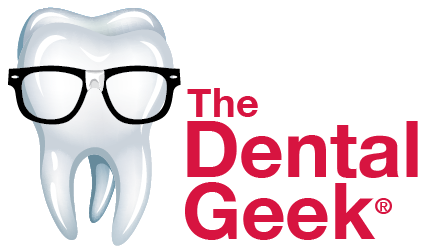Board Challenges
I have recently started preparing for the National Board Dental Examination (NBDE) Part II. For those of you who are far removed from the joys of studying, whereas NBDE Part I focuses more on basic sciences, NBDE Part II focuses on dental-centric subjects ranging from Periodontology to Oral Pathology. Preparing for Part I, while grueling in itself, was much easier than Part II, because in such a dynamic and ever-changing field, there is an inherent lag between the most up-to-date dental technologies and theories and the NBDE Part II question bank. Part of the preparation assistance provided by Tufts is a series of board reviews; a common theme in these reviews is that we are learning “NBDE dentistry, not Tufts dentistry.”
Current dental students are operating on the CAMBRA (Caries Management by Risk Assessment) model. CAMBRA allows for quantification of risk, and subsequent paths of treatment, on a patient-by-patient basis. With this model, we customize treatment pathways based on individual patient risk, and there is an immense amount of focus on prevention and minimally invasive dentistry. This method of treatment has made us into agents of prevention, and we are proud to be on the forefront of a new generation of dentists.
These modalities, however, have not yet made it to the NBDE question bank. For instance, we were posed a question about what to do if a patient has incipient decay that is starting to affect the enamel. In clinic, we would evaluate the patient to determine their category of risk and then, based on that finding, would do anything from nutritional counseling, bacterial assays, and using remineralizing MI paste, to surgically treating the lesion with an ideal preparation and filling, possibly with a material that releases fluoride. While studying, however, we have to change our mind-set in this case to hone right in on the board-approved answer for this situation.
The challenges faced by a board trying to standardize knowledge across the entire country are painfully evident in approaching preparation for NBDE Part II, but the pace at which our field is evolving presents a permanent challenge to the examiners. The geek in me is more excited by the pace of changing knowledge than annoyed by the difficulties in preparing for the exam; however, it is encouraging to believe that I’m on the cutting edge of dentistry.
Additionally, in doing some research before writing this article, I found an article about CAMBRA standardization and the need to get these theories represented by question-and-answer choices on
the NBDE Part II. The article can be read here: http://www.dental-tribune.com/articles/content/id/4628/scope/specialities/region/usa.
Thanks,
Katherine

Good Stuff, do you currently have a myspace profile?